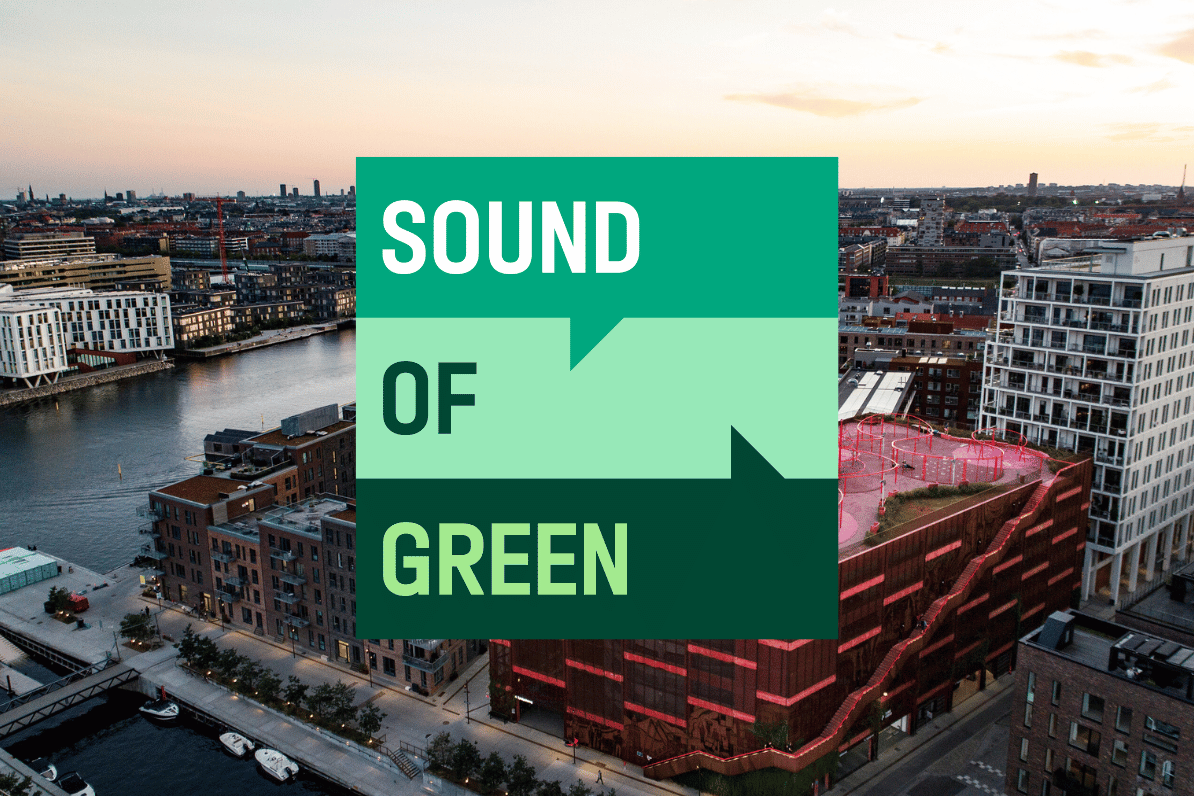News
Green records in Europe’s largest countries


Drought, forest fires, storms and hurricanes played a huge role in the media in 2018, placing climate change at the top of the political agenda across Europe. However, if you feel weighed down by concerns over climate challenges, you may be able to find some consolation in the largest European countries' figures on energy production for 2018. In both Germany and the UK, the production of renewable energy was record high in 2018.
Renewable energy surpasses coal in German electricity production
In Germany, new figures from the scientific organisation Fraunhofer show that in 2018 more electricity was produced from renewable sources than from coal. It is the first time ever that the country's large coal consumption has been surpassed by green energy sources.
40.3 per cent of net production came from wind turbines, biomass, solar cells and hydropower plants, while the same figure from brown and stone coal was only 38 per cent. Overall, the production of green electricity increased by 4.3 per cent in 2018.
-Related solution: Finding your cheapest way to a low carbon future
In Germany, which is also Europe's largest economy, the goal is that 65 per cent of electricity production must be covered by renewable energy sources in 2030. At the same time, the country wants to phase out its production of nuclear power in 2022 ─ nuclear power plants accounted for 13.3 per cent of electricity production in 2018.
The UK decouples economic growth from electricity production
2018 was also a very good year for renewable energy in the UK. This despite the fact that energy production in the British Isles was reduced very remarkably in 2018.
The explanation for the declining British electricity production is found in the fact that in recent years Britain has managed to copy Denmark and other Western countries and decouple economic growth from electricity production. Since 2005, average energy consumption per capita in the UK has fallen by 24 per cent, and the energy consumption in 2018 was the lowest since 1984 measured per capita.
At the same time, the UK has been accelerating the phase-out of coal in 2018, where electricity production based on coal fell by 25 per cent compared to 2017. Electricity produced on gas fell by four per cent.
The remaining production is to a greater extent covered by renewable energy sources. This was also the case in 2018, where figures from the think tank Carbon Brief showed that renewable energy production accounted for 33 per cent of total energy production in the UK.
This is the highest share so far, and an increase of four per cent compared to 2017. Including nuclear power, 53 per cent of UK energy production is CO2 neutral.
French nuclear power is under pressure
In France, official electricity production figures for 2018 have yet to be published. However, the latest monthly reports from the French system operator RTE show that production from wind turbines increased by 17.5 and 19 per cent in October and November respectively, compared to the same periods last year.
-Related solution: Energy policy toolkit on system integration of wind power
France is among the countries in the EU producing (and exporting) most electricity from nuclear power, and currently, about 75 per cent of the country's electricity production is covered by nuclear power plants.
French government leader Emmanuel Macron has decided to close down 14 ageing reactors by 2035 at the latest. At the same time, the energy company EDF, which has a monopoly on constructing nuclear power plants in France, has been given deadline of two and a half years to show that it is still possible to build power plants that can produce cheaper energy than renewable energy sources such as wind turbines, solar cells or hydro.
Danish solar energy record
In Denmark, not only did the sun provide an extended and unusually warm summer in 2018 – it also contributed to a record high share of the country's total electricity consumption. Altogether, power generation from solar cells supplied the electricity grid with 2.8 per cent of the total Danish power supply in 2018.
Many months of calm weather prevented Danish wind energy performance from reaching last year’s result of 43 per cent. However, given that the share of power generated from wind turbines was close to 41 per cent, this is is still highly impressive compared to the bulk of the EU.
Source: https: EnergyWatch
You should consider reading
solutions
Carbon capture, storage and utilisation
+1
Monitoring the depths: Research project ensures safety at Denmark’s first onshore CO2 storage facility
30 April 2024solutions
Carbon capture, storage and utilisation
+6
CORT: Improving the efficiency of carbon capture technologies
30 April 2024solutions
Carbon capture, storage and utilisation
+5















